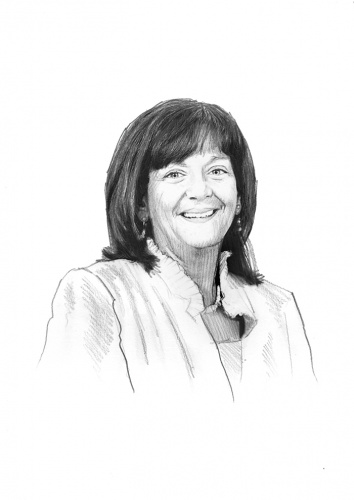
What can the industry do to help women build better pensions?
Something urgently needs to be agreed, given there remains a shocking 40%–50% gap between men’s and women’s pension pots, according to recent research from Aviva.
Indeed, although the gender pay gap has narrowed significantly to around 15%, the gender pension gap is just not budging.
The majority of poorer pensioners are women, so it is vital to address this issue. Financial advisers must not ignore any opportunities to assist.
Advisers and providers must help women build better retirements
Of course, the gender pension gap exists globally and the principal reason behind it is women’s lower lifetime earnings. As private pensions are determined by earnings, women tend to build less in savings, so this will not be an easy fix.
Over a typical working life, caring responsibilities mean women have more interrupted careers, lowering their income prospects. Indeed, 84% of the 1.75 million people who have recently given up work to care for a family member are women, according to official figures. Fathers’ earnings, unlike those of mothers, usually keep rising after having their first child.
Women are also more likely than men to work part time or in jobs with lower average pay.
Later life
Even in later life after their child-caring years, women are more likely to reduce working hours or retire early to look after loved ones, leaving them at further risk of lower retirement income.
Relationship breakdowns pose another serious risk, with divorce frequently causing women to lose out financially in later life. Pension sharing on divorce was introduced in 2000 but women often fail to benefit from their former spouse’s pension. Lack of financial awareness and inadequate legal protections for divorcing women, which do not flag the importance of obtaining independent financial advice, leave many behind.
There’s plenty to do but this is such an important task
Women whose partner fails to disclose correct pension values, and who cannot afford a good lawyer or who simply trust the value given by their husband, can be seriously short-changed.
A wife should always benefit from her own independent advice and this is where financial advisers come in (although they have a role through the early years of marriage too). During women’s career breaks to have children or to care for other relatives, advisers and pension providers could promote the idea of a partner’s pension product, whereby the working partner keeps contributing to build savings for the non-working partner.
Encouraging women and their employers to keep paying in to a pension during maternity leave is also important, as well as suggesting those who have not yet started a family consider increasing voluntary contributions while working full time.
A wife should always benefit from her own independent advice
Even workplace auto-enrolment ingrains a gender gap, with 3 million women earning below £10,000 a year losing auto-enrolment benefits. Workers earning under £12,570 (mostly women) must also pay 25% more for their pension in a net pay scheme than a relief-at-source scheme would charge them, leading to higher opt-outs.
State pension
The cards really are stacked against women in the pension world. Not only do they lose out in private pensions; they get less state pension too.
The state pension since 2016, supposedly paying flat-rate pensions to overcome decades of National Insurance (NI) gender inequalities, still leaves women forecast to receive £500 a year less than men (albeit down from £1,500), with the gap not disappearing before 2040.
Advisers should help women check their state pension and make the most of all available NI credits. Making sure women who — themselves or their partner — earn over the £60,000 means-tested limit apply for child benefit they are not entitled to, to avoid losing credit for their state pension, is vital.
There remains a shocking 40%–50% gap between men’s and women’s pension pots
So, removing the auto-enrolment earning thresholds, improving workplace financial education, encouraging pension contributions before and during caring years, as well as partner or employer contributions for stay-at-home partners, and protecting women’s pensions more robustly after divorce — all of these can help narrow the gender pension gap.
Advisers and providers must help women build better retirements. There’s plenty to do but this is such an important task.
Ros Altmann is a former pensions minister
This article featured in the May 2023 edition of MM.
If you would like to subscribe to the monthly magazine, please click here.










Comments